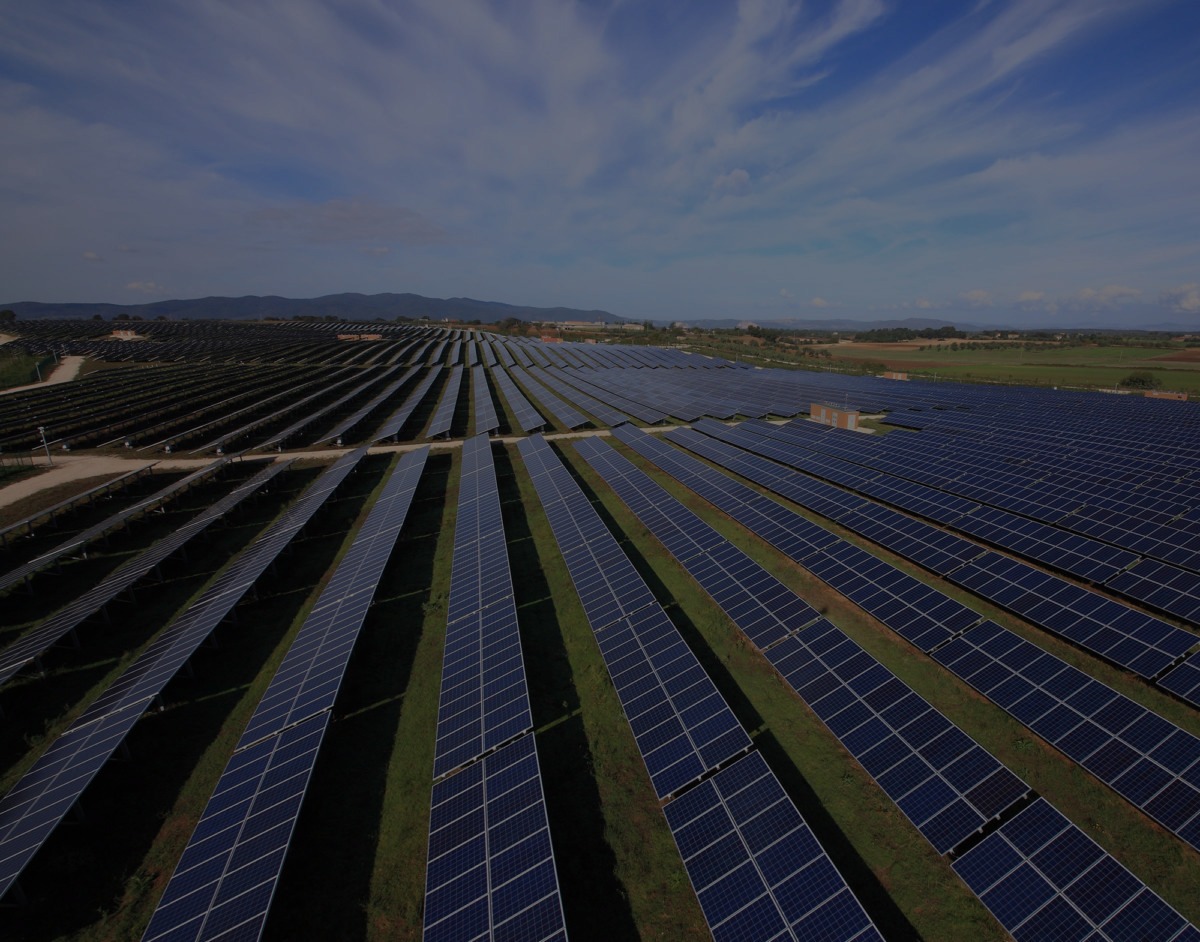In August 2015, Indian Prime Minister Narendra Modi’s “Look West” or “Link West” policy was officially announced during his state visit to the United Arab Emirates. The following January, the lifting of UN sanctions against Iran allowed the finalization of a May 2016 Agreement between Afghanistan, India, and Iran concerning the development of Chabahar Port on Iran’s southern shores. Since 2014, Modi has become the first Indian Prime Minister to visit the UAE in 34 years, Iran in 15 years, and to ever visit Israel.
The Modi government’s concerted diplomatic efforts in West Asia demonstrate the region’s importance to India, particularly due to its historical provision of fossil fuels. As the third largest energy consumer globally, India’s rapid growth is largely dependent on its energy supply. This high consumption is coupled with troubling ratios of domestic production to imports of fossil fuels, with oil imports at 73 percent and liquefied natural gas (LNG) at 20 percent in 2011, and rising. Today, with over 60 percent of oil and LNG imports coming from West Asia, many analysts and government officials have identified increased connectivity with the region as critical to India’s energy security. This reliance is unlikely to fade, as, for just one example, in 2016-17, imports of Iranian oil increased by 115 percent from the previous fiscal year. A report by the Centre for Policy Research estimates that India’s energy import levels will rise to 40-52 percent for coal, 88-93 percent for oil, and 40-70 percent for LNG, compared to today’s 26 percent, 78 percent, and 30 percent, respectively.
Though India has managed to maintain a relatively neutral stance in West Asia, recent disputes with China, continued Taliban activity in Afghanistan, and other regional upheavals will remain a threat to increased reliance on energy imports from the region. Larger regional dynamics such as international terrorism and civil war in Syria, Iraq, Libya, and Yemen demonstrate that “the situation in West Asia is fluid and ever-changing.”
Even given stability in the region, “looking West” overlooks India’s environmental concerns. Energy consumption results in 77 percent of India’s greenhouse gas emissions. Pollution in cities is already at critical levels. Raising a population out of poverty and the subsequent rural-urban migration will substantially increase India’s carbon emissions in the years to come.
In focusing on West Asia, the debate surrounding India’s energy security largely ignores a promising and less conflict-prone component: renewables. Some doubt the cost-effectiveness of renewables, especially for developing countries. Others doubt the capacity of renewables to replace the huge coal and oil-supported portion of the country’s energy supply. However, India has made great strides in both decreasing costs and increasing production of renewable energy, particularly in solar and wind power.
In the solar and wind sectors, India has switched to an auction-based system which makes companies compete for renewable energy contracts to sell power, incentivizing decreased prices. In May 2017, two companies in the Indian state of Rajasthan — Phelan Energy and Avaada Power — offered Rs.2.62 per kilowatt-hour (kWh), almost halving last year’s lowest bid of Rs. 4.34 per kWh and passing just below wind’s low of Rs. 3.46 per kWh set in February of this year. Both tariffs bring renewable energy into competitive pricing compared to coal, India’s largest energy source, which measured Rs. 3.20 per kWh in the same month. Furthermore, renewable energy production capacity has increased, adding 5.5 gigawatts of wind from 2016-17, and 9.6 gigawatts of solar capacity in the past three years. Even hydroelectric power, often criticized for its finite production capacity, has shown promise in India. For example, the state of Arunachal Pradesh has exploited only 98 megawatts of its estimated 50,000 megawatt capacity.
Potential drawbacks of India’s growth in renewables as a component of its energy security remain. Renewables are not immune to volatility in response to international events. The U.S. withdrawal from the Paris Agreement and refusal to contribute to the Green Climate Fund threatens low-cost financing that has helped fuel the solar market in India. Further, solutions for solar panel waste disposal, the integration of renewable plants with existing energy infrastructure, and the security and maintenance of nuclear facilities will remain questions that all countries must face.
Volatility concerns regarding dependence on imports from West Asia are second only to concerns over the security of nuclear material in a country under heightened risk for terrorism and earthquakes. The introduction of IAEA inspections under the U.S.-India Civil Nuclear Agreement in a country not signatory to the Non-Proliferation Treaty is significant, as is the potential for growth in the sector. However, the agreement also introduced a cap on liability for U.S. firms selling reactors to India. Liability caps can distort risk assessments by incentivizing lower construction costs. New construction should undertake adequate risk assessments, and existing civil nuclear infrastructure should be upgraded. National counterterrorism efforts should remain prescient of the potential for nuclear terrorism, and India should consider the security of civilian nuclear facilities of not just national, but international concern. Though civilian nuclear infrastructure is not the greatest risk for nuclear catastrophe in the region, India should focus on its current comparative advantage in solar and wind power pricing, and supplement supply with nuclear only with appropriate risk assessment and counterterrorism efforts.
With the reduction of solar and wind prices, attention should be given to developing the infrastructure needed to increase connectivity to remote renewable energy sites, as well as back-up storage solutions to prevent the intermittency of renewable energy supply. The Indian government should continue to support the growing sectors and use its current advantage to promote trade and collaborative projects by developing and integrating renewable capacity with its neighbors. Pursuing solar and wind power as the cornerstones of India’s energy security strategy has the potential to promote India as a regional supplier while prices decrease, all Gulf States openly consider plans for a post-oil future, and countries shift toward renewable sources in the region.
Though increased connectivity with West Asia is strategically important for India, the future of India’s energy security lies in diversifying India’s portfolio through competitively priced renewable energy sources.
The author, Heather Byrne is a Fulbright Research Fellow at the Centre for Policy Research, New Delhi.
Source: https://thediplomat.com/2017/10/look-west-think-ahead-the-role-of-renewables-in-indias-energy-security/


